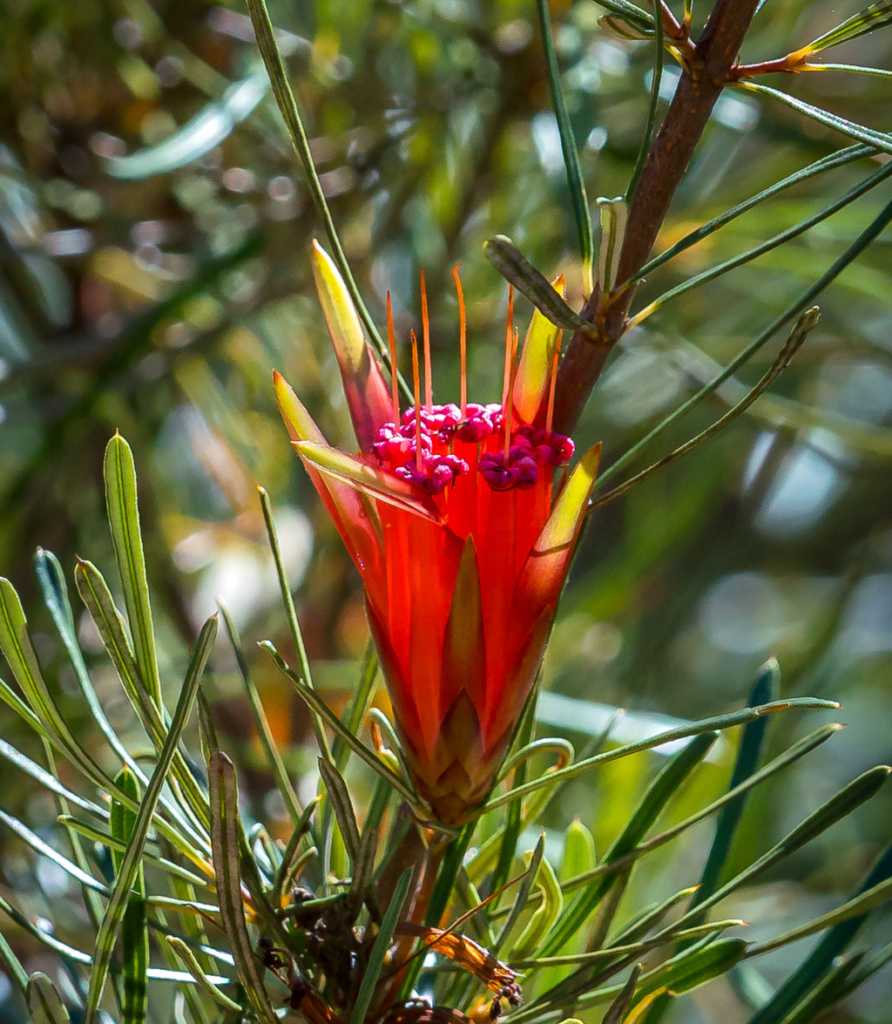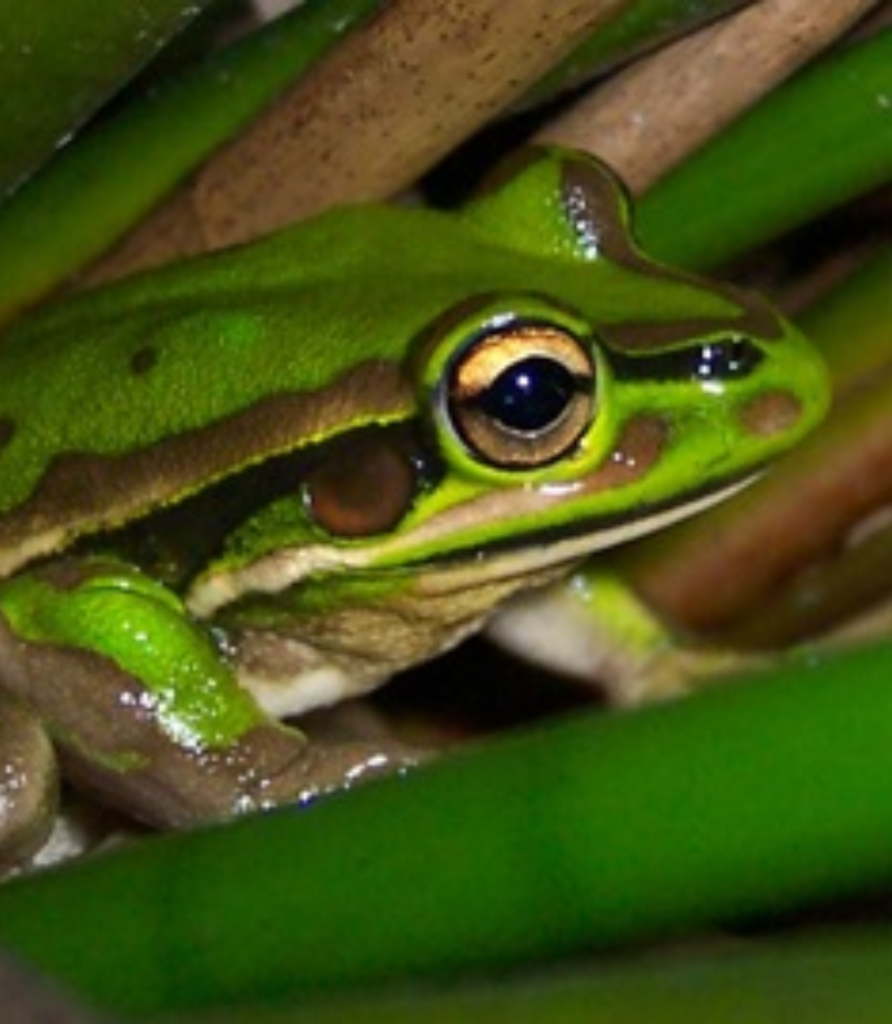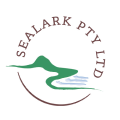Sussex Inlet Tullarwalla
Overview
- Size: 474.09 hectares
- Location: approx. 8 kilometres west of Sussex Inlet, Shoalhaven LGA, NSW south coast
The site occurs entirely within the Southern Rivers Major Catchment Area and the Jervis IBRA sub-region of the Sydney Basin IBRA region. The majority of the site is located within the Wandandian Coastal Plains Mitchell Landscape and a small portion is in the Bherwerre Barrier Mitchell Landscape.
The Sussex Inlet Tullarwalla biodiversity site is located in an area of outstanding biodiversity and natural scenic values, with a forested peninsula surrounded by healthy estuarine waterways and drained by freshwater streams with unmodified fringing riparian and shoreline vegetation.
With its ecological connectivity to Lake Conjola National Park and other National Park land, the National Parks and Wildlife Service (NPWS) intends to incorporate the site into the National Parks estate in the future.
It is currently cared for and managed by sustainable property development company Sealark, which is owned by The Halloran Trust.
The northern and southern-most eastern tips of the site’s peninsula are named Picnic Point and Bream Point respectively.
Although some of the catchment upper reaches are zoned for rural use, most areas remain forested with a significant proportion comprising of National Parks and State Forest.
Tullarwalla Lagoon on the northern boundary is approximately 85 hectares when full and is fed by Tullarwalla Creek. The lagoon flows into St Georges Basin via the lower section of Tullarwalla Creek, to join the lower reaches of Wandandian Creek before discharging into St Georges Basin.

Flora
Swan Bay, part of St Georges Basin, forms part of the southern boundary of the site. Cow Creek drains the south-western portion of the site and Swan Creek flows close to the southern boundary. Both enter Swan Bay on the site foreshore boundary.
Nine plant community types (PCTs) have been identified on the site:
- Swamp Oak swamp forest fringing estuaries, Sydney Basin Bioregion and South East Corner Bioregion (PCT 1234)
- Swamp Oak floodplain swamp forest, Sydney Basin Bioregion and South East Corner Bioregion (PCT 1232)
- Swamp Paperbark – Swamp Oak tall shrubland on estuarine flats, Sydney Basin Bioregion and South East Corner Bioregion (PCT 1236)
- Bangalay – Old-man Banksia open forest on coastal sands, Sydney Basin Bioregion and South East Corner Bioregion (PCT 659)
- Needlebush – banksia wet heath on sandstone plateaux of the Sydney Basin Bioregion (PCT 978)
- Blackbutt – Turpentine – Bangalay moist open forest on sheltered slopes and gullies, southern Sydney Basin Bioregion (PCT 694)
- Swamp Mahogany swamp sclerophyll forest on coastal lowlands of the Sydney Basin Bioregion and South East Corner Bioregion (PCT 1231)
- Red Bloodwood – Hard-leaved Scribbly Gum – Silvertop Ash heathy open forest on sandstone plateaux of the lower Shoalhaven Valley, Sydney Basin Bioregion (PCT 1082)
- Red Bloodwood – Blackbutt – Spotted Gum shrubby open forest on coastal foothills, southern Sydney Basin Bioregion (PCT 1079).
There are also three threatened ecological communities (EECs) listed under the NSW Threatened Species Conservation Act 1995 within the site.
One of the EECs, Swamp Oak Floodplain Forest of the NSW North Coast, Sydney Basin and South East Corner bioregions, is represented by three different PCTs (PCT 1232, PCT 1234 and PCT 1236). The other EECs are: Swamp Sclerophyll Forest on the Coastal Floodplains of the New South Wales North Coast, Sydney Basin and South East Corner Bioregions (represented by PCT 1231); and Bangalay Sand Forest, Sydney Basin and South East Corner bioregion (represented by PCT 659).

Fauna
The range of vegetation types in excellent condition support habitats for threatened animal species, such as Litoria aurea (Green and Golden Bell Frog), Litoria littlejohni (Littlejohn’s Tree Frog), Dasyornis brachypterus (Eastern Bristlebird), Mixophyes balbus (Stuttering Frog) and Petroica rodinogaster (Pink Robin), all of which have been observed within the site.

